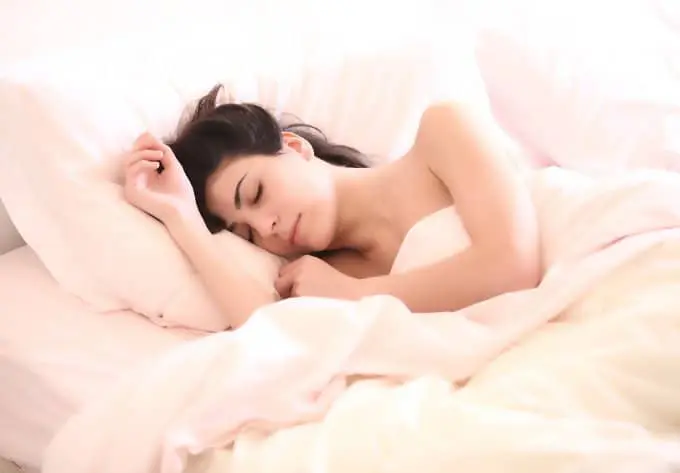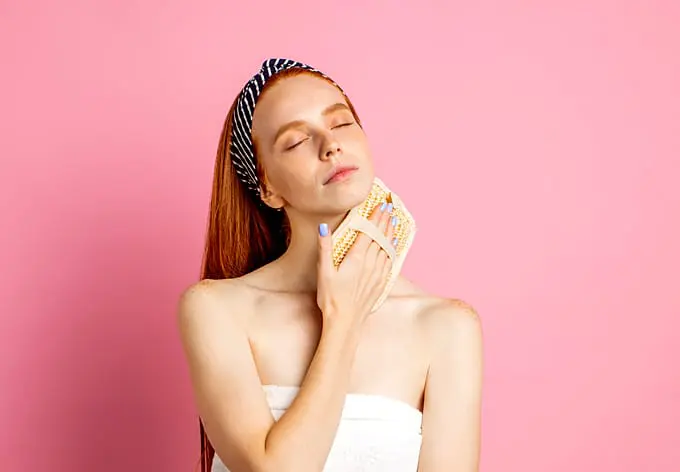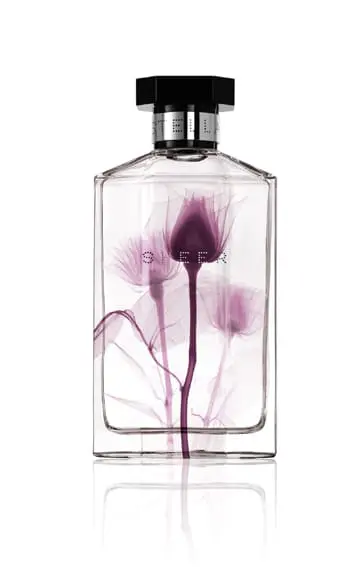words Alexa Wang

It is easy to get lost in the variety of flat irons, especially if you pick it for the first time in your life. While you can read a detailed MyStraightener comparison of iron flats, you have to know which type of these tools exist.
The product was developed to make your hair look healthy and shiny, smooth and straight. It is quickly becoming a part of our morning schedule. Yet, not even all devoted users know that there are several types of flat irons.
Pick the Right Flat Iron
Before you go and buy the flat iron type you picked, pay attention to the features it performs. You have to decide which ones are the most crucial for you. The most popular features are:
- Adjustable temperature up to 450F;
- Size of the plates and their width;
- Automatic shut-off feature;
- LED light indicator of heat;
- Dual voltage;
- Affordable price and reliable developer.
Types of Flat Irons
It is highly important to learn about the types of flat irons if you don’t want to burn your hair and make it even healthier. They may perform similar actions, but they are not the same. Find out which one you need from their main characteristics.
Titanium type
Flat irons made of titanium are in demand nowadays. They provide straight and silky hair in no time since titanium conducts the heat evenly. Even at minimum temperatures, the tool is highly effective. This material is resistant to corrosion as well.
Ceramic type
Ceramic is the synonym for safety when it comes to flat irons. They are safe to use even on damaged hair. They don’t have high temperatures and usually come with a heat indicator. The ceramic flat iron is lightweight and simple to use.
Professional type
Professional models are used in beauty salons. Hairstylists prefer to work with them due to their reliability and power. They are manufactured by legendary brands like ghd, BaBylissPro, or Conair. Materials are of high quality, and flat irons can work for hours without overheating.
Tourmaline type
Tourmaline is a semi-precious stone that is highly popular in the beauty industry due to its protective features. It grants your hair a glossy touch. Negative ions in such flat iron do not require high temperatures and provide 3D volume to the hair. They are more expensive but may last longer than other types.
Ionic type
Ionic irons keep the moisture inside the hair, protecting it from damage. Thus, you may receive a smooth texture and silky, healthy look. Produced ions work miracles on every lock. Yet, it may take more time to perform the same hairdo as with the other types of flat irons.
Wet to dry type
This type of flat irons is less popular. Yet, it is designed to dry the hair while straightening it. It is perfect for busy bees that don’t have time to dry hair and straighten it after. You will receive advanced results in a short time.
Which Type is the Best?
You have to decide which type of flat iron you need for your hair. If you are not sure, read reviews or consult with a hairstylist. You can find a detailed comparison of each model and type. Besides, you may always buy several types of flat irons, and they still will be handy.





